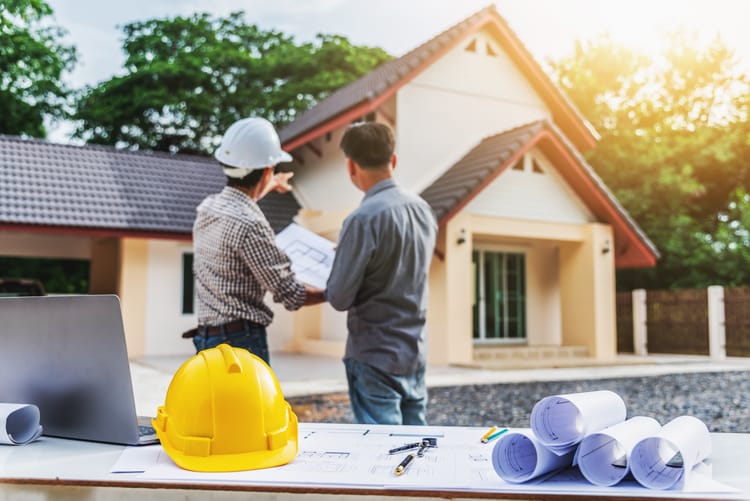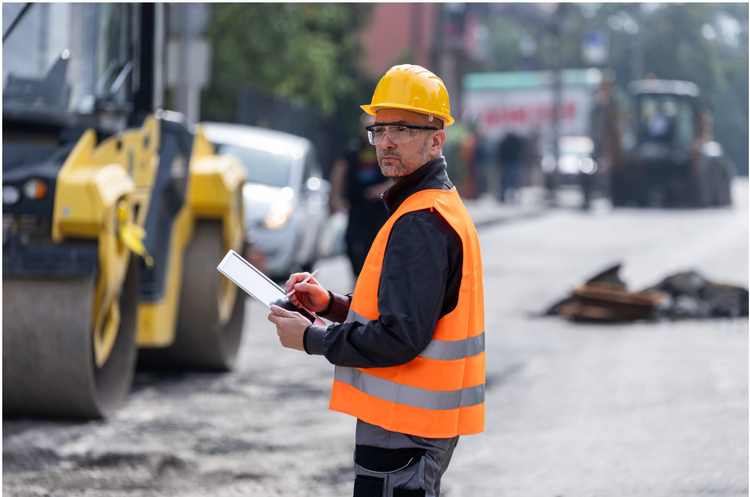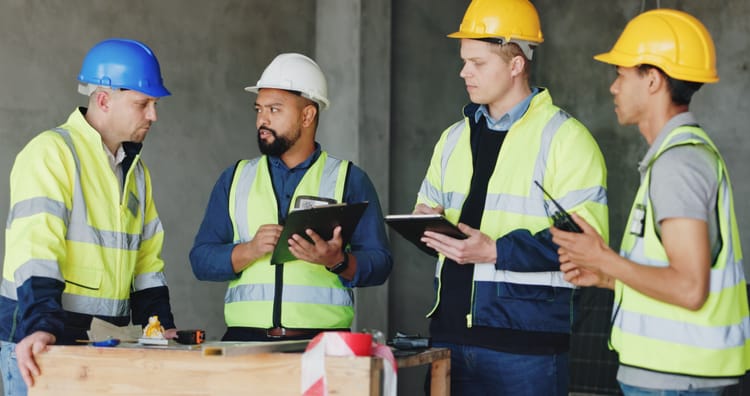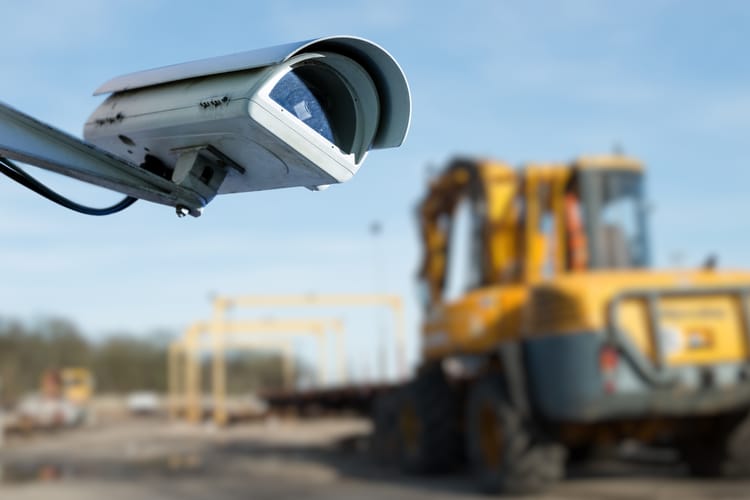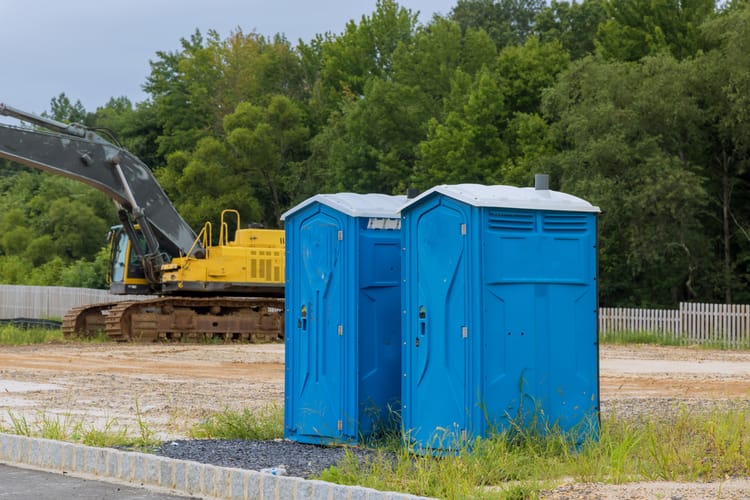You can’t build safely if your crew’s not okay
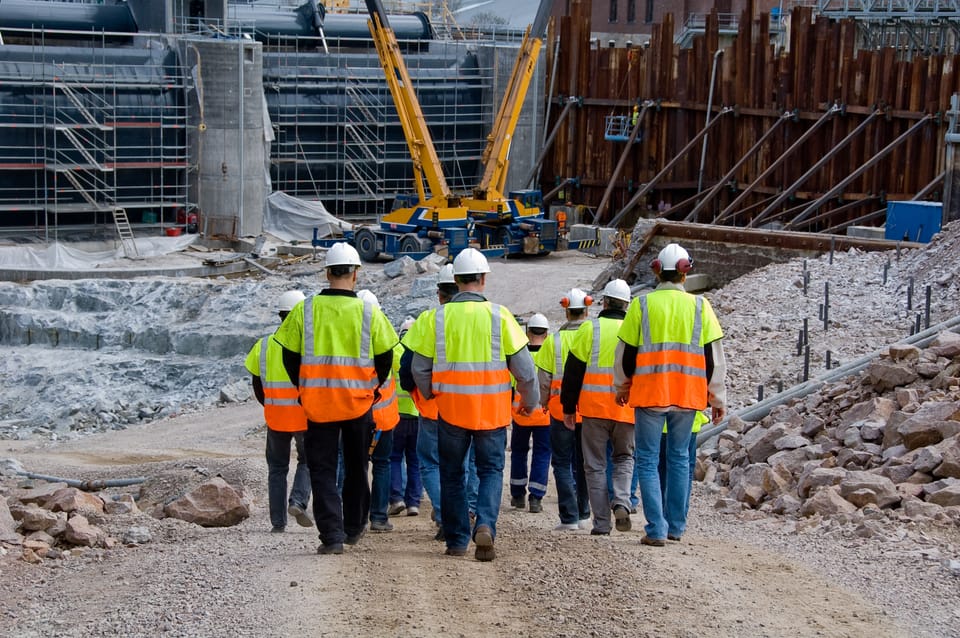
Tight budgets. Shifting prices. Rising pressure. If estimating feels harder than ever, you’re not alone. This week, we’ve got practical guidance to help you navigate financial uncertainty—plus an honest conversation about mental health in construction, where the stakes are high and the stigma is real. And before we dig in: check out the first-ever national museum dedicated to public housing.

>> Lean in. Follow Angela Gardner (co-host of the "Women Talk Construction" podcast) on LinkedIn, where she explains the advantages of creating inclusive contracting companies.
>> Lend a hand. Learn no- and low-cost ways to protect mental health in this webinar tailored to construction pros like you. (May 15)
>> See the science. Discover how carbon capture reduces construction’s climate impacts when expert Madison Savilow joins the "A Climate Change" podcast.
>> Nail it down. Learn how to design roofing systems that can handle high winds, tornadoes and hurricanes. (May 20)
>> About those driveway moments… Discover why it feels so good to sit in your truck or car after a long day at work.

You can’t build safely if your crew’s not okay
Mental Health Awareness Month is an opportunity to become more proactive about emotional well-being for your employees and yourself. Construction has the second-highest suicide rate of the major industries—behind mining, quarrying, and oil and gas extraction—and 90% of people who die by suicide have a mental health condition. To help you understand the issues and identify opportunities to help, we consulted Betsy Schwartz, senior director of the Center for Workplace Mental Health at the American Psychiatric Association Foundation. - Margot Lester
What makes construction workers at higher risk for suicide?
Long hours, demanding work, exposure to the elements and chronic pain related to the physical aspects of the job can contribute to mental health challenges. Seasonal work may contribute to family and financial strain, and deadline-driven projects create high-stress work environments. It’s also a male-dominated industry, with men experiencing the highest suicide rates. Toughness and strength are valued, while experiencing a mental health condition or seeking help may be seen as a personal weakness.
What can contractors do?
You play an essential role in normalizing the experience of mental health conditions and breaking down the barriers to people accessing care. Fostering a caring work environment that addresses employee well-being, strengthens mental health awareness and talks openly about suicide prevention in construction will reduce barriers and encourage workers to get the help they need, when they need it.
Engage and equip leadership to establish and champion policies and practices that support employee mental health and communicate them with a unified and consistent voice. Sharing their personal stories of lived experience will demonstrate from the leadership level that “it's ok not to be ok,” and work to reduce fear and judgment.
Raise the mental health awareness of all employees with training that increases their knowledge about mental health. Cultivate a culture of psychological safety. And connect workers to available resources that might include employee resource groups, clinical counseling, mentoring, peer navigators or wellness activities. As an example, some construction firms have QR codes on construction helmets for easy access to mental health resources.
What's the downside of not being proactive about mental health?
It is estimated that 200 million lost workdays each year are due to depression in the U.S. In the construction industry, where workplace safety is the priority, employees experiencing challenges to their mental health may compromise their safety on the job as well as impact the safety of colleagues. Creating a work culture that supports the mental health and well-being of employees in construction will raise awareness, instill compassion, connect workers to essential support and services—and save lives.
For more information and ideas, download the Center’s Mental Health and Well-being in the Construction Industry guide. If you or someone you know is struggling, the 988 Suicide & Crisis Lifeline offers free, confidential support 24/7. Call or text 988.

Rebuilding L.A. with fire-resilient hemp concrete
The L.A. fires have a lot of contractors seeking fire-resistant material alternatives to traditional concrete panels and blocks. One option, according to Richard Lawson, is Hempitecture's hempcrete, which combines hemp and lime. It can be used as a protective coating for wood framing or formed into pads and blocks for insulation. The product was tested to the ASTM E84 standard and is verified 100% fire-resistant. “These products, while higher on the front end, save money in the long run through lower insurance costs because of less fire risk and lower energy usage,” he notes.
Why it matters: Extreme weather events, including fires, occur more frequently across the country, increasing policymakers’ and clients’ interest in building resilience and resistance. You can meet that demand with advanced materials that deliver safety and value. (The Builder’s Daily)

>> Building Boom: America’s hottest BTR markets
>> Apartment Apex: Has new construction reached its peak?
>> Construction Creativity: L.A.’s rebuilding fuels innovation
>> Tech Trends: See the latest advancements in contech

Brace for double-digit materials cost hikes
Tariffs are expected to drive up the cost of most building materials. The largest increases, according to Chris Craiker, AIA, NCARB, are appliances, countertops and cabinets, with an expected 30% rise in price. Other double-digit projections include flooring, tile, drywall and insulation (20%); foundations (18%); and roofing and siding (15%).
Why it matters: There’s still a little time before the tariffs hit full force. Buying materials in bulk at current prices, when possible, reduces the impact of cost inflation caused by tariffs and scarcity. (North Bay Business Journal)

An early indicator that helps avoid payroll surprises
A new study from Missouri University of Science and Technology, shows that wage rates for tradespeople involved in early project phases and general laborers tend to influence wages for other construction workers. “Given these trends, to avoid budgeting shortfalls and project risks, we encourage contractors to plan for higher costs,” write study authors Bahaa Chammout and Islam H. El-adaway.
Why it matters: When you monitor wage rates for early-trades and/or laborers, you get a potential early warning of approaching increases in labor costs. The advance notice gives you time to explore options to absorb, offset or pass through the additional payroll expense. (The Conversation)

- The more you know. Get the latest on workplace drug-testing and compliance in this three-part AGC webinar series. (May 15)
- Climbing the career ladder? Reach the next level with MIT’s hybrid circular economy/sustainability course.
- By the numbers. Brush up on the math skills necessary for accurate construction estimating in this online course.
Thanks for reading today's edition! You can reach the newsletter team at thelevel@mynewsletter.co. We enjoy hearing from you.
Interested in advertising? Email us at newslettersales@mvfglobal.com
Was this email forwarded to you? Sign up here to get this newsletter once a week.
The Level is written by Margot Lester and edited by Bianca Prieto.

